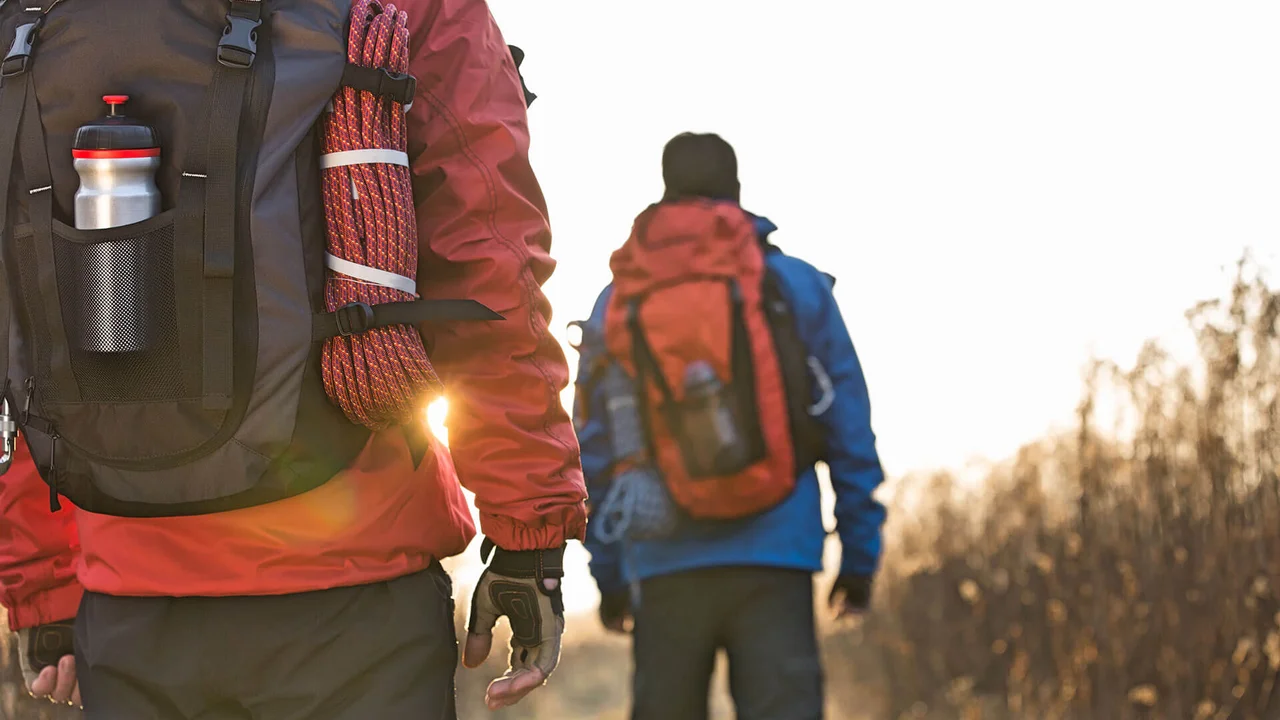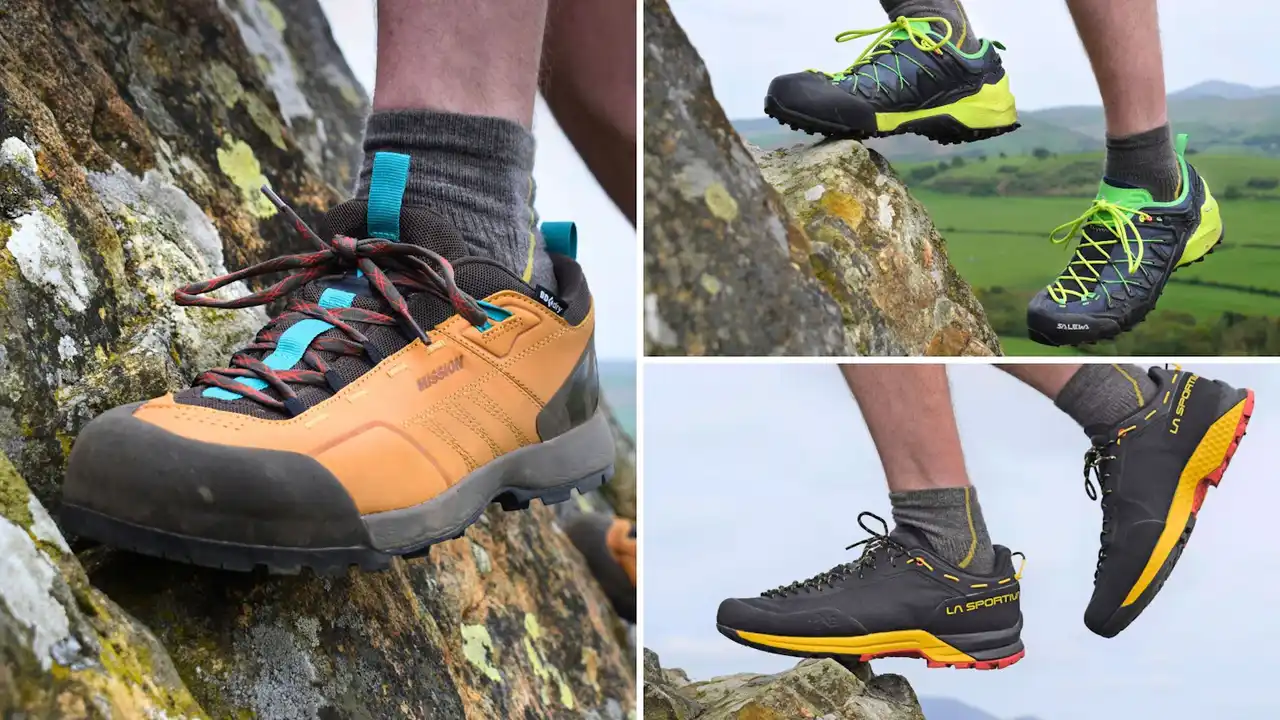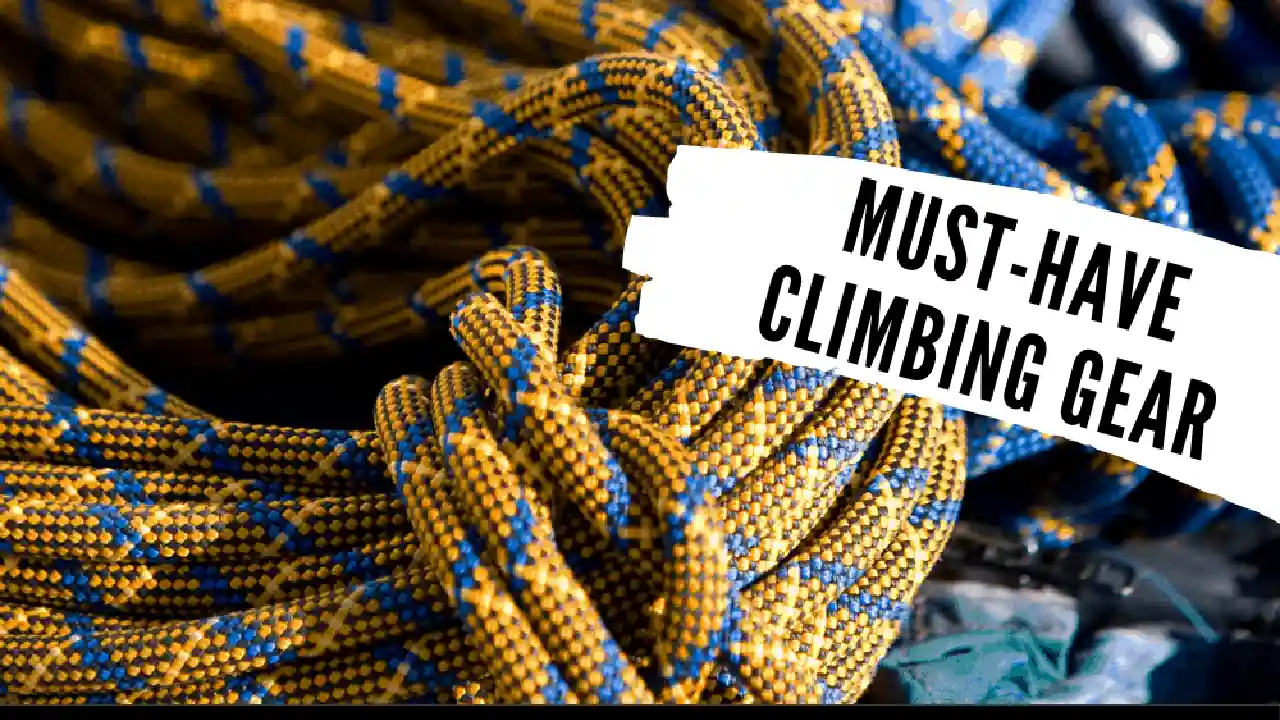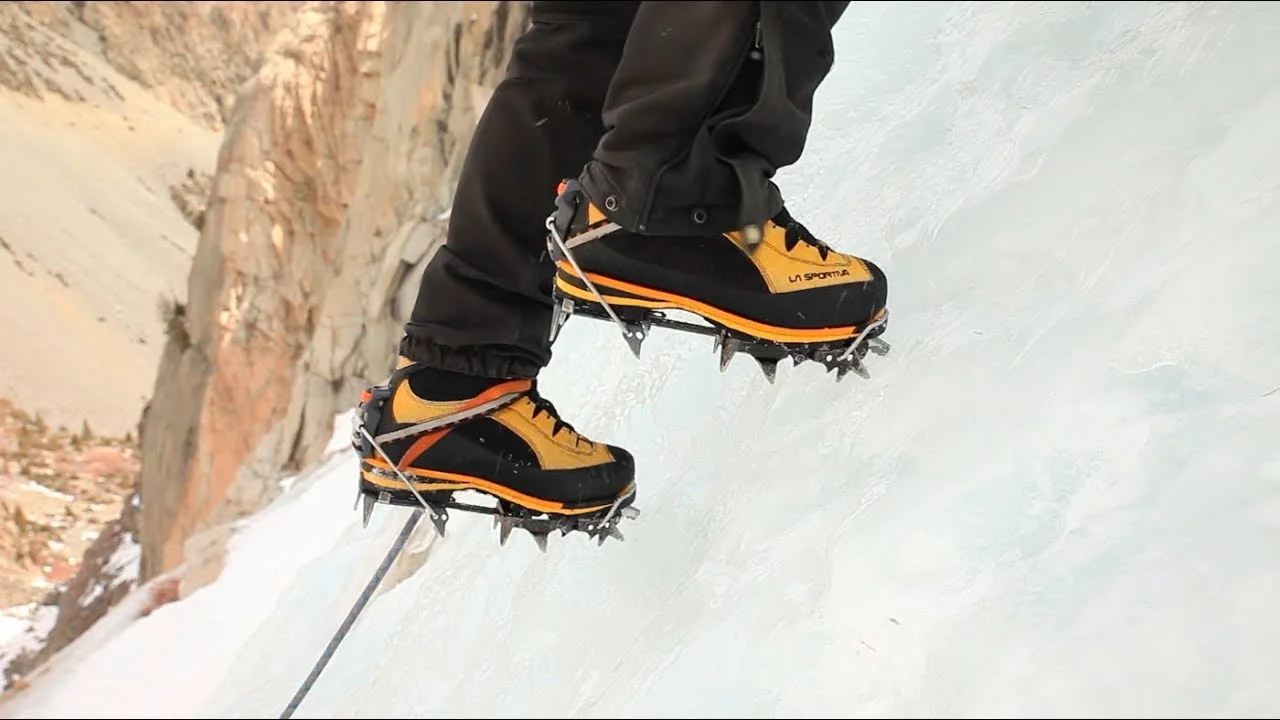3 Best Backpacks for Day Hikes and Multi-Day Treks
Find the top 3 backpacks for day hikes and multi-day treks. Evaluate capacity, comfort, and features for carrying your essentials on the trail.

Choosing the Right Backpack for Your Adventure
Understanding Backpack Capacity and Your Needs
When you're hitting the trails, whether it's for a quick afternoon stroll or an epic multi-day expedition, your backpack is arguably your most crucial piece of gear. It's not just about carrying stuff; it's about carrying it comfortably, efficiently, and safely. The first big decision you'll face is capacity. This is usually measured in liters, and it dictates how much gear you can realistically bring along. For a day hike, you're typically looking at something in the 15-30 liter range. This is enough for water, snacks, a light jacket, a first-aid kit, and maybe a camera. Think about the essentials: hydration, nutrition, sun protection, and emergency items. You won't need a sleeping bag or cooking gear, so a smaller pack keeps you nimble. For multi-day treks, however, you're entering a whole new ballgame. Here, you'll need space for a sleeping system (bag and pad), cooking equipment, more food, extra layers of clothing, and potentially a tent or shelter. This pushes you into the 40-70 liter range, sometimes even larger for winter trips or extended expeditions. It's a delicate balance: too small, and you'll be leaving essentials behind; too large, and you'll be tempted to overpack, leading to unnecessary weight and discomfort. Consider the duration of your trip, the type of terrain, and the weather conditions you expect to encounter. A minimalist overnight trip might squeeze into a 35-liter pack, while a week-long backcountry adventure will definitely demand something closer to 60 liters or more. Always err on the side of slightly larger if you're unsure, but remember that every extra liter can lead to extra weight if you're not disciplined with your packing.
Key Comfort Features in Hiking Backpacks
Capacity is important, but comfort is king. A poorly fitting or uncomfortable backpack can turn a beautiful hike into a miserable slog. The most critical comfort features revolve around the suspension system. This includes the shoulder straps, hip belt, and back panel. Look for well-padded, adjustable shoulder straps that distribute weight evenly across your shoulders. They shouldn't dig in or cause chafing. The hip belt is where the magic happens for larger packs; it should transfer the majority of the pack's weight (around 70-80%) from your shoulders to your hips, which are much better equipped to handle heavy loads. A good hip belt is padded, wraps securely around your iliac crest (hip bones), and has easy-to-adjust buckles. The back panel is crucial for ventilation and preventing a sweaty back. Many modern backpacks feature suspended mesh back panels that create a gap between your back and the pack, allowing air to circulate. Others use channeled foam or breathable fabrics. Try on different packs, even if they're empty, to get a feel for how the back panel conforms to your body. Load lifter straps, located on top of the shoulder straps, allow you to pull the pack closer to your body, improving stability and weight distribution. Sternum straps, across your chest, help stabilize the shoulder straps and prevent them from slipping. Finally, adjustability is key. A good backpack will have multiple adjustment points to fine-tune the fit to your specific torso length and body shape. Don't just buy a pack based on its looks; try it on, load it up with some weight, and walk around the store for a bit to see how it feels.
Essential Features for Trail Performance and Organization
Beyond capacity and comfort, a backpack's features can significantly impact your trail experience. Pockets are your best friends for organization. External pockets, like stretchy mesh side pockets, are great for water bottles or quick-access items. Hip belt pockets are perfect for snacks, a phone, or a small camera. A large front stash pocket can hold a rain jacket or wet gear. Internal organization, such as a hydration sleeve for a water reservoir, is also a must-have. Look for gear loops and attachment points on the outside of the pack for carrying trekking poles, ice axes, or extra layers. Compression straps are vital for cinching down your load, preventing it from shifting around and improving stability, especially when your pack isn't full. Rain covers, either integrated or sold separately, are essential for protecting your gear from unexpected downpours. Some packs offer top-loading access, while others have front panel access, allowing you to open the main compartment like a suitcase. Consider which access method suits your packing style. Durability is also a major factor. Look for robust fabrics like ripstop nylon or Cordura, and strong zippers and buckles. Reinforced stitching at stress points will ensure your pack stands up to the rigors of the trail. Think about the specific activities you'll be doing. If you're a winter hiker, you might need specific attachments for snowshoes or skis. If you're a photographer, you might prioritize easy access to your camera gear. Every feature should serve a purpose and enhance your overall experience.
Top 3 Backpacks for Day Hikes and Multi-Day Treks
Osprey Talon 22 / Tempest 20: The Day Hike Champion
When it comes to day hiking, the Osprey Talon 22 (men's) and Tempest 20 (women's) are consistently at the top of every list, and for good reason. These packs strike an almost perfect balance of lightweight design, comfortable fit, and smart features. The 22-liter (Talon) and 20-liter (Tempest) capacities are ideal for carrying all your essentials for a full day on the trail: enough water, snacks, a light jacket, first-aid, and maybe a small camera or binoculars. What truly sets these packs apart is Osprey's AirScape back panel. It's a ridged foam panel with mesh covering that allows for excellent ventilation, keeping your back cooler and drier than many other packs. The BioStretch harness and continuous wrap hip belt provide an incredibly comfortable and stable carry, molding to your body as you move. You'll barely notice it's there, even when loaded up. The hip belt pockets are a game-changer for quick access to snacks, lip balm, or your phone without having to stop and take the pack off. The external hydration sleeve makes refilling your water reservoir a breeze. Other thoughtful features include a LidLock helmet attachment (great if you're also biking to the trailhead), trekking pole attachments, and a large front stretch mesh pocket for stashing a wet rain jacket or extra layer. These packs are built with durable 100D x 210D Bluesign recycled nylon, making them tough enough for regular use. They come in a variety of vibrant colors, adding a touch of personal style to your gear. The Talon/Tempest series is a fantastic investment for anyone serious about comfortable and efficient day hiking. They typically retail for around $130-150 USD, offering excellent value for their performance and durability. They are widely available at outdoor retailers like REI, Backcountry, and Amazon. The Talon 22 is perfect for a quick summit push, a long trail run, or even a day of urban exploration where you need to carry a bit more than just a small bag. The Tempest 20 offers the same great features with a women's specific fit, ensuring optimal comfort for female hikers. Both models are incredibly versatile and can even serve as minimalist overnight packs for experienced ultralighters.
Osprey Atmos AG 65 / Aura AG 65: The Multi-Day Trekking Workhorse
For multi-day adventures where comfort and load-carrying capability are paramount, the Osprey Atmos AG 65 (men's) and Aura AG 65 (women's) are legendary. The 'AG' stands for Anti-Gravity, and it's not just marketing hype. This pack features a revolutionary suspended mesh back panel and hip belt that literally wraps around your body, distributing weight so effectively that it feels like the pack is floating. This system provides unparalleled ventilation, making hot, sweaty backs a thing of the past, even with heavy loads. The 65-liter capacity is perfect for 3-5 day backpacking trips, allowing ample space for a tent, sleeping bag, cooking system, food, and extra clothing. The main compartment is easily accessible from the top, and there's also a sleeping bag compartment with an internal divider. Dual zippered hip belt pockets keep essentials within reach, and the large front stretch mesh pocket is ideal for stashing a rainfly or wet gear. The Stow-on-the-Go trekking pole attachment allows you to quickly secure your poles without taking off your pack. Integrated FlapJacket protects your gear when the top lid is removed for lighter loads. The pack is constructed from durable 210D high-tenacity nylon, designed to withstand the rigors of the backcountry. The Atmos/Aura AG series is known for its exceptional comfort, even when carrying loads up to 40-50 pounds. This makes it a favorite among backpackers who prioritize comfort over ultralight minimalism. While it's not the lightest pack on the market, the comfort it provides often outweighs the slight weight penalty for many users. These packs typically range from $270-300 USD, a significant investment but one that pays dividends in comfort and durability over many years of use. You can find them at major outdoor retailers like REI, Dick's Sporting Goods, and online at Osprey's official website. The Atmos AG 65 is a go-to for thru-hikers, weekend warriors, and anyone planning extended trips where carrying comfort is non-negotiable. The Aura AG 65 offers the same Anti-Gravity system with a women's specific fit, ensuring that female backpackers experience the same level of comfort and performance.
Deuter Futura 30 / Futura 28 SL: The Versatile Mid-Range Performer
If you're looking for a versatile pack that can handle longer day hikes and even minimalist overnights, the Deuter Futura 30 (men's) and Futura 28 SL (women's) are excellent choices. Deuter is renowned for its Aircomfort Sensic back system, which features a highly breathable mesh tensioned frame that creates a large ventilation space between the pack and your back. This system is incredibly effective at reducing perspiration, making it a great option for hot and humid climates. The 30-liter (Futura) and 28-liter (Futura SL) capacities offer a good balance, providing enough space for a substantial day hike or a very light overnight trip if you're a minimalist packer. The SL (Slim Line) version is specifically designed for the female anatomy, with shorter back lengths, narrower shoulder straps, and conically shaped hip fins for a more comfortable fit. Both versions feature a spacious main compartment with a separate bottom compartment, which is handy for separating dirty gear or a sleeping bag. External pockets include stretchy side pockets for water bottles, a large front stretch pocket, and zippered hip belt pockets. Integrated trekking pole loops and an included rain cover add to its functionality. The pack is constructed from durable 210D PA Recycled and 600D PES fabrics, ensuring longevity. The Futura series is a fantastic option for hikers who want excellent ventilation and a comfortable carry without the higher price tag of some premium models. It's a reliable workhorse that can adapt to various types of trips. These packs typically retail for around $150-170 USD, making them a very competitive option in the mid-range market. They are available at outdoor specialty stores and online retailers like Moosejaw and Backcountry. The Futura 30 is a solid choice for day hikers who often carry a bit more gear, or for those who want the option of an occasional ultralight overnight. The Futura 28 SL provides the same great features with a tailored fit for women, ensuring that comfort is not compromised. Both models are known for their robust build quality and thoughtful design, making them a popular choice among hikers worldwide.
Comparing the Best Backpacks: A Quick Overview
Let's quickly summarize the strengths of each of these fantastic backpacks to help you make your decision. The Osprey Talon 22 / Tempest 20 excels as a dedicated day hiking pack. Its lightweight design, exceptional comfort from the BioStretch harness and AirScape back panel, and smart organization (especially the hip belt pockets) make it a joy to carry on shorter trips. It's perfect for those who prioritize agility and quick access to essentials. The Osprey Atmos AG 65 / Aura AG 65 is the undisputed champion for multi-day backpacking. Its Anti-Gravity suspension system provides unparalleled comfort and ventilation, even with heavy loads, making it ideal for extended trips where you're carrying a lot of gear. If you're planning multi-night excursions and value comfort above all else, this is your go-to. Finally, the Deuter Futura 30 / Futura 28 SL offers a versatile middle ground. With its excellent Aircomfort Sensic ventilation system, it's a great choice for longer day hikes or minimalist overnights, especially in warmer climates. It provides a comfortable carry and good organization at a more accessible price point. Each of these packs represents a top-tier option within its specific use case, offering a blend of comfort, features, and durability that will serve you well on the trails. Consider your typical trip length, the amount of gear you usually carry, and your personal preferences for fit and ventilation when making your final choice. Happy trails!
:max_bytes(150000):strip_icc()/277019-baked-pork-chops-with-cream-of-mushroom-soup-DDMFS-beauty-4x3-BG-7505-5762b731cf30447d9cbbbbbf387beafa.jpg)





